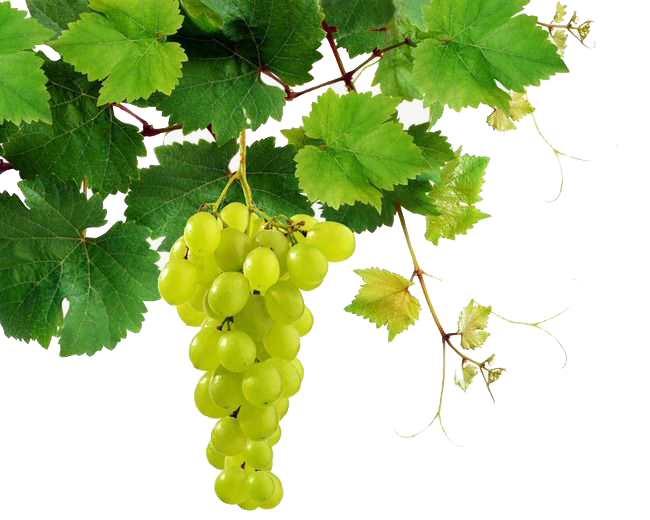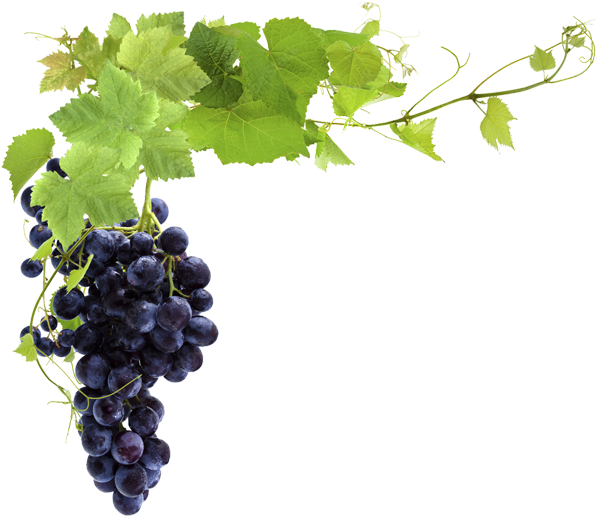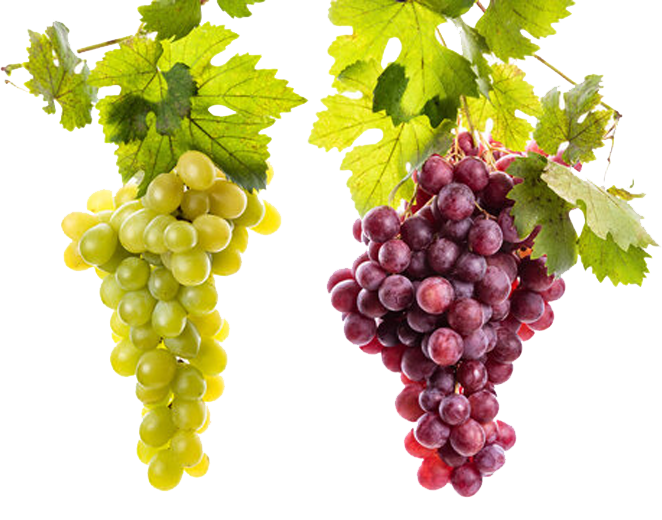Vinification
White Vinification
Α. Excellent transportation of grapes to the winery using traditional baskets or plastic buckets. The transportation of grapes plays a significant role in the success of vinification. They must be transported to the winery quickly and intact, in order to avoid negative repercussions of extraction and oxidation.
Β.Grape Crusher
The stem (pomace) is separated from the grape. After their separation from the stalk, the grapes are led to the wine press with the help of a special pump.
C. Wine press
In this stage, discontinuous and pneumatic winepresses are used. Inside these, the collection of grape must is achieved by means of successive compressions. The best quality must is the one produced upon the first compression, the so-called free-run must, because it contains fewer tannins, that in high concentration give an intense color and acrid taste, which is undesirable for a white wine.
D. Racking
After the wine press, the must is led to the tanks with a natural flow (this is why the wine press is located at a greater height than the tanks) through a pipe. There, the must is cooled to 10°C in order to decelerate the beginning of alcoholic fermentation. The particles which suspend within the must, settle. This is the so-called mud, a sediment that is needed in the production of a qualitative wine. Therefore, the aim of racking is the fining of the must prior to fermentation.

Vinification
White Vinification
Α. Excellent transportation of grapes to the winery using traditional baskets or plastic buckets. The transportation of grapes plays a significant role in the success of vinification. They must be transported to the winery quickly and intact, in order to avoid negative repercussions of extraction and oxidation.
Β.Grape Crusher
The stem (pomace) is separated from the grape. After their separation from the stalk, the grapes are led to the wine press with the help of a special pump.
C. Wine press
In this stage, discontinuous and pneumatic winepresses are used. Inside these, the collection of grape must is achieved by means of successive compressions. The best quality must is the one produced upon the first compression, the so-called free-run must, because it contains fewer tannins, that in high concentration give an intense color and acrid taste, which is undesirable for a white wine.
D. Racking
After the wine press, the must is led to the tanks with a natural flow (this is why the wine press is located at a greater height than the tanks) through a pipe. There, the must is cooled to 10°C in order to decelerate the beginning of alcoholic fermentation. The particles which suspend within the must, settle. This is the so-called mud, a sediment that is needed in the production of a qualitative wine. Therefore, the aim of racking is the fining of the must prior to fermentation.

Red Vinification
Α. Excellent transportation of grapes as for white vinification.
Β. Grape Crusher
The stem (pomace) is separated from the grape. After separation from the stalk, the grape pulp is then led to a fermentation tank.
C. Fermentation Tanks
As the grape pulp passes from the grape crusher into the fermentation tanks, it begins to ferment at a controlled temperature between 26°C and 30°C.
D. Maceration
When fermentation begins, the pomace (peels and kernel) rise to the top of the tank pushed up by CO² (carbon dioxide) and it takes the form of a so-called 'hat'. With the help of a pump, the must is pumped from the bottom of the tank back to the top. It is then left to drop over the pomace which absorbs it (absorption). The maceration of a wine that will be consumed when it is young lasts about 2-3 days. However, in case of an aged wine, maceration can last from about 8-15 days.

Ageing in barrels
Red Vinification
Α. Excellent transportation of grapes as for white vinification.
Β. Grape Crusher
The stem (pomace) is separated from the grape. After separation from the stalk, the grape pulp is then led to a fermentation tank.
C. Fermentation Tanks
As the grape pulp passes from the grape crusher into the fermentation tanks, it begins to ferment at a controlled temperature between 26°C and 30°C.
D. Maceration
When fermentation begins, the pomace (peels and kernel) rise to the top of the tank pushed up by CO² (carbon dioxide) and it takes the form of a so-called 'hat'. With the help of a pump, the must is pumped from the bottom of the tank back to the top. It is then left to drop over the pomace which absorbs it (absorption). The maceration of a wine that will be consumed when it is young lasts about 2-3 days. However, in case of an aged wine, maceration can last from about 8-15 days.

Ageing in barrels
Sweet wines
Vinification of sweet wines differs in some point from the corresponding white and red vinifications.
a) In sweet wines (mistelia), we add wine alcohol (or wine spirit) directly to the must, which is not fermented. In this way, all the primary aromas and flavors of the variety they are coming from, are preserved
b) In sweet wines, once the must is partially fermented, the alcohol is added. One part of the total alcoholic strength comes from the natural fermentation, while the rest comes from alcohol addition. They contain primitive aromas as well as aromas produced after fermentation. Those two types belong to the category of liquor wines.

Sweet wines
Vinification of sweet wines differs in some point from the corresponding white and red vinifications.
a) In sweet wines (mistelia), we add wine alcohol (or wine spirit) directly to the must, which is not fermented. In this way, all the primary aromas and flavors of the variety they are coming from, are preserved
b) In sweet wines, once the must is partially fermented, the alcohol is added. One part of the total alcoholic strength comes from the natural fermentation, while the rest comes from alcohol addition. They contain primitive aromas as well as aromas produced after fermentation. Those two types belong to the category of liquor wines.




